Being able to express yourself for who you are is a fundamental right, and some kids spend a lot of time trying to figure it out. Students at John Jay High School staged a walkout to demonstrate against the school’s policy on transgender bathrooms. Here’s what came out of this protest.
A Reflection Of the Country’s Division
John Jay High School is like most other schools. Its students come from all races, creeds, religions, and gender identities, and the school understands that. Yet catering to all these students can be challenging.

The administration decided to address the presence of transgender kids by allowing them to use the bathrooms they identify with. This sparked both a protest and a counter-protest for this decision.
Protesting Transgender Presences in Bathrooms
The first protest came from students who said that they felt uncomfortable that there were transgender kids sharing bathrooms with them – a sentiment reflected by many conservatives.
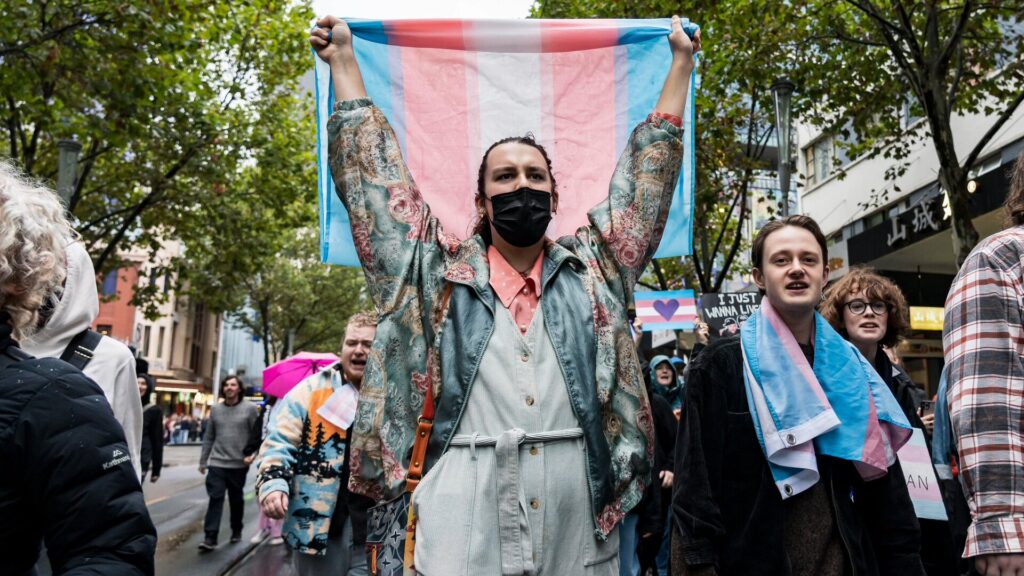
The counter-protest stood up against those people who wanted to exclude transgender kids from bathrooms. It saw massive support among the school body as many kids decided to walk out.
School District Investigating
The School Superintendent, Dwight Bonk, noted that he had no knowledge of things getting so out of hand in the district. He did, however, address the walkouts from the students.

He said that the walkouts were a way to protest but that he would have to talk with the students about their breach of the code of conduct in their effort to be heard.
Not Being Silenced
Cory Pittore, who identifies as male, states that they think that transgender students deserve to have a voice and that they should not be silenced no matter what the administration says.
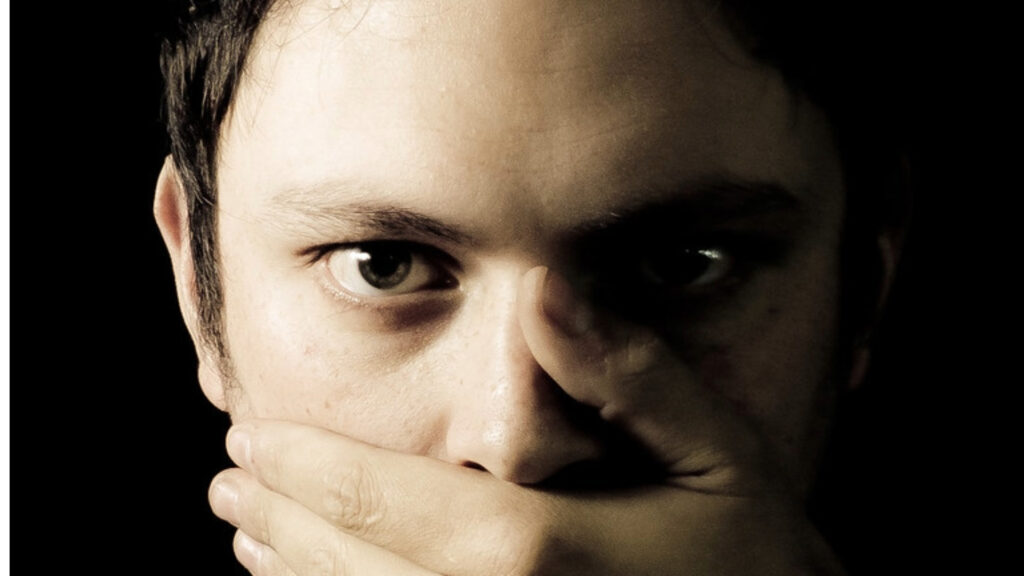
Pittore highlighted that many transgender students were only just beginning to understand themselves and may have struggled with their self-image for quite some time.
An Organized Group Handling the Counter-Protest
Spectrum News notes that the Defense of Democracy group organized and managed the counterprotest. The organizers wanted students present so their plight could be heard.
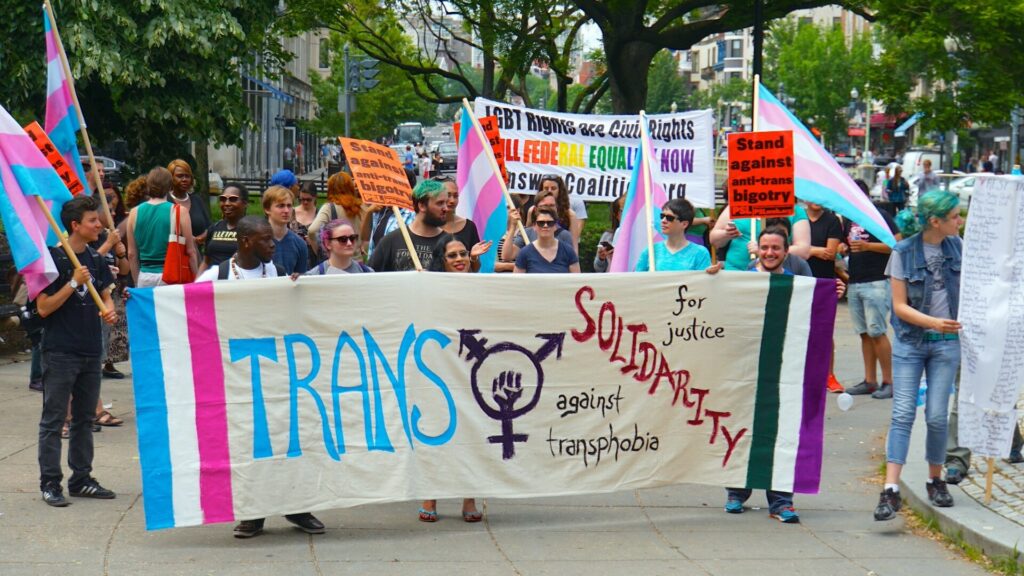
According to the organizers, they didn’t think it was enough for them to stand with trans students. Instead, they believe that they should be fighting the oppressors of those kids.
Following the Law
Superintendent Bonk noted that the school’s approach to transgender access to bathrooms was in line with what state law suggests should be the case.

Both state and federal laws, including Title IX and New York State’s Dignity for All Students Act, require schools to provide access to bathrooms to kids of the gender they identify with.
Not Everyone Is Happy With This
The original protest was against the school’s stance on bathroom accessibility. The protest stated that some students feel uncomfortable when in the bathroom with a transgender student.

Yet, the school cannot legally deny access to bathrooms for transgender students. Doing so would go against both state and federal laws, despite the feelings of kids or adults about the arrangement.
Protest Was Peaceful
According to Superintendent Bonk, the initial protest only involved around 20 students and was mostly peaceful, with students making their voices heard and the administration acknowledging their stance.
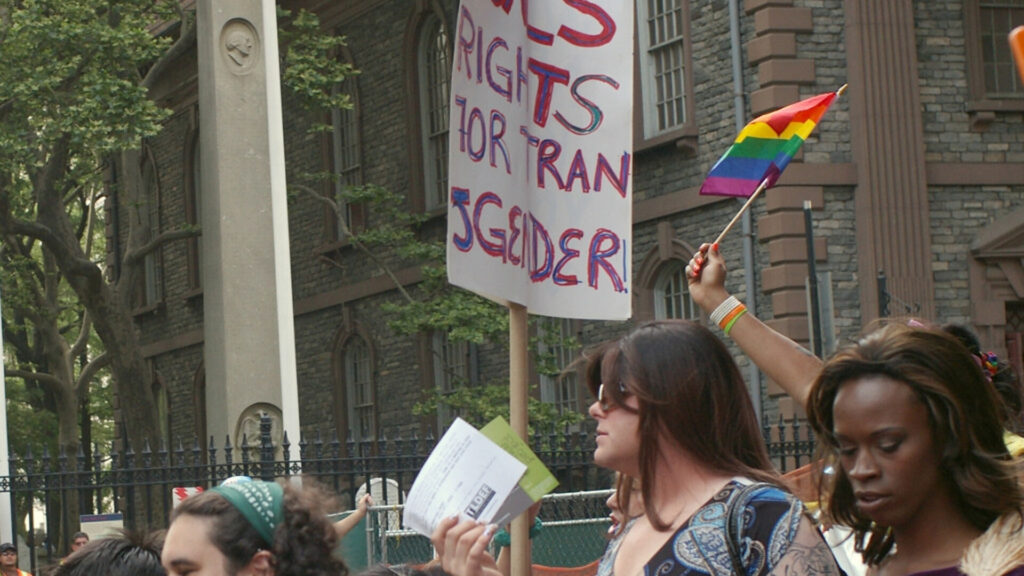
Despite the protest, however, it’s unlikely anything will change regarding access to bathrooms for transgender students. The Superintendent said it was a good exercise of the student body’s right to free speech.
Transgender Access in Bathrooms Is a Huge Topic of Discussion
Across the US, the debate on transgender bathrooms has become a serious point of discussion. Some places offer unisex bathrooms where anyone can use the bathroom regardless of gender.

However, in more conservative parts of the country, businesses have segregated bathrooms and intend to keep it that way. Some patrons look at the bathroom access before patronizing a business.
Why Is This Such a Big Issue?
Access to transgender bathrooms is contentious due to societal discomfort with non-binary identities. Advocates stress the importance of inclusive spaces for transgender individuals, emphasizing safety and dignity.

Opponents often cite privacy concerns and traditional gender norms. The debate intersects with broader discussions on civil rights, gender equality, and LGBTQ+ rights. Addressing this issue involves navigating legal, cultural, and ethical considerations.
The Liberal Stance on Transgender Bathroom Access
Liberals are at the forefront of helping people access bathrooms regardless of how they identify. They actively support inclusive policies that allow individuals to use facilities corresponding to their gender identity.
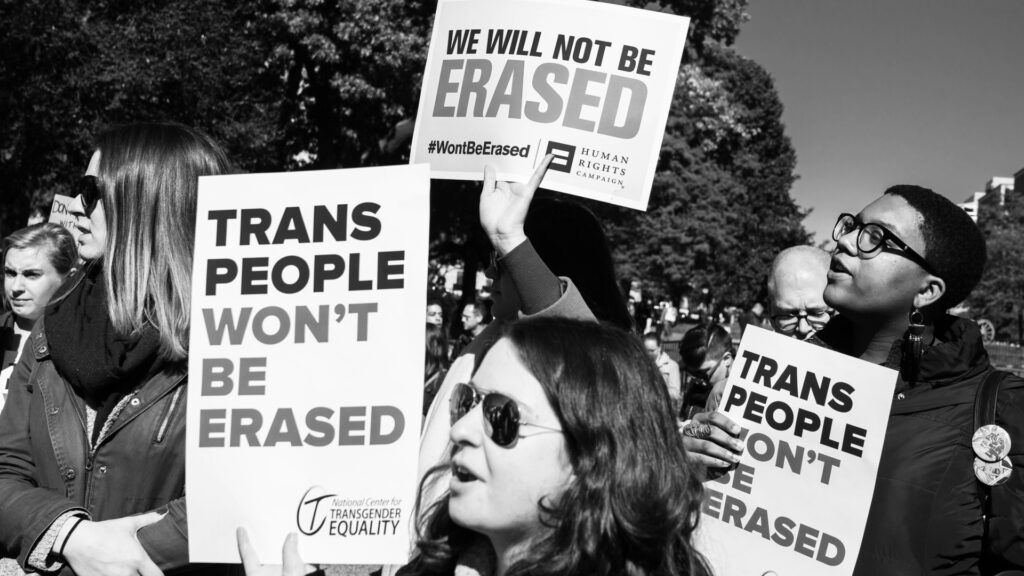
Liberals emphasize equality, non-discrimination, and respect for transgender rights. They advocate for laws and regulations that protect transgender individuals from discrimination and ensure their access to safe and affirming restroom facilities.
What Conservatives Think About Transgender Bathroom Access
Conservatives believe in keeping traditional gender norms, and that means bathroom access as well. In many Red States, seeing an all-access public bathroom is uncommon or even a rarity.
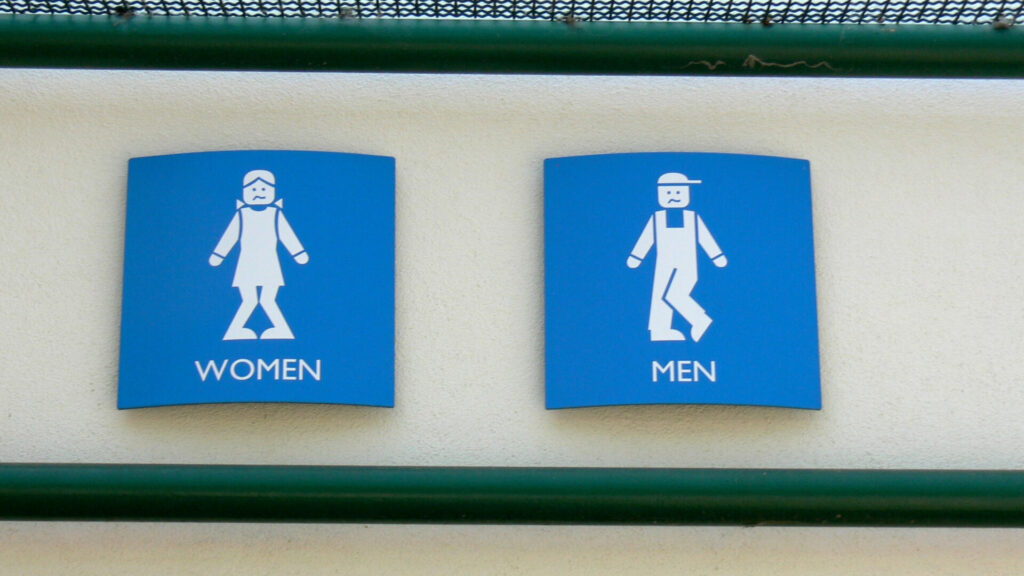
Conservatives may argue for policies that restrict access based on biological sex, expressing concerns about potential safety risks and moral values. Their morality almost always backs their arguments.
A Slow But Steady Wave of Progress
Laws explicitly addressing transgender bathroom access have become more prevalent in recent years, particularly in the early to mid-2010s. The issue gained significant attention during this time.

While there’s no single moment marking the norm, a notable development includes the Obama administration’s guidance to schools in 2016 affirming transgender students’ right to use bathrooms matching their gender identity.
Students Want Kids to Feel More Included
Several of the students in the counter-protest wanted transgender kids to know they were accepted for who they were and that they shouldn’t feel uncomfortable about their identities.

Many kids lean towards the inclusivity of schools, especially access to transgender bathrooms. However, some parents are less open and willing to allow change, especially of the conservative strain.
Fear Of Bad Behavior Persists
Potential safety risks and privacy concerns in transgender bathrooms prey on the minds of conservative parents. It’s become one of the primary reasons they dislike the policies around accessibility.
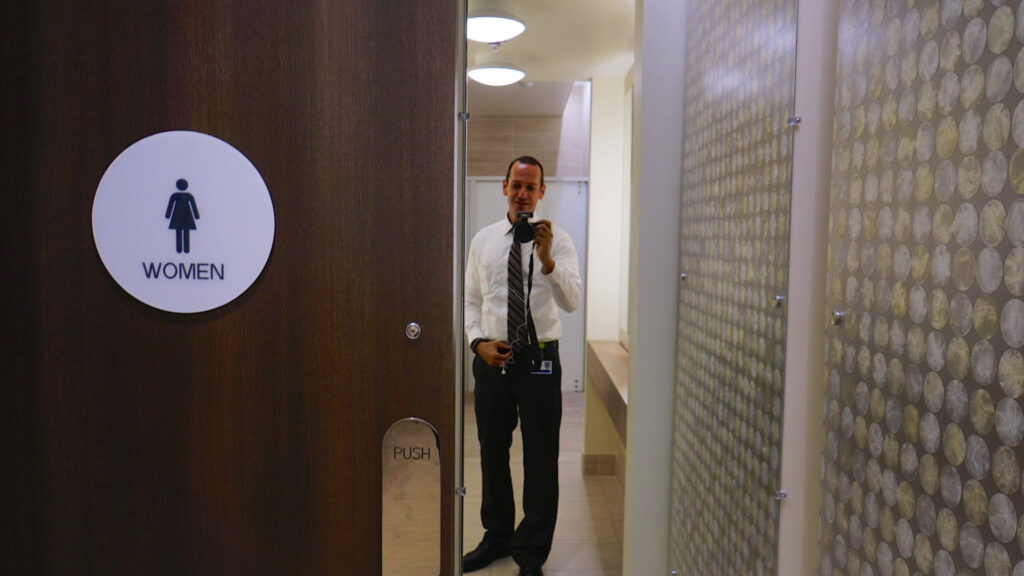
They worry about the possibility of their children encountering individuals of different biological sex in intimate spaces, raising fears of discomfort, inappropriate behavior, or even harm.
Undermining Traditional Morality
Concerns about maintaining traditional gender norms and values also play a role, with some fearing that transgender bathroom policies could undermine societal understandings of gender and morality.

Conservative morality, especially when looking at kids, suggests that there should be a separation between the genders to establish traditional norms and approaches to interaction.
Overlooking Some Things
Conservatives tend to overlook a few things when it comes to addressing transgender access to bathrooms. One of the significant things they sidestep is the lived experience of these individuals. Conservatives can easily pretend these people have the same struggles as everyone else despite the evidence showing otherwise.
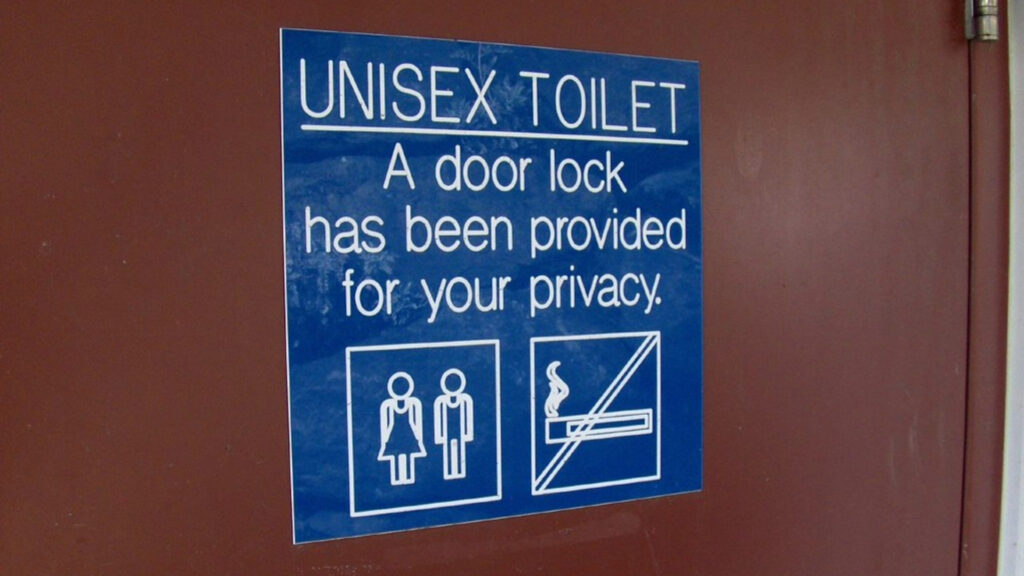
Their focus on maintaining binary gender norms often disregards the diverse identities and needs within the transgender community. While this isn’t strictly wrong, it could be illegal in places where accessibility is the law.
No Evidence that Transgender People Pose a Threat
Concerns about safety and privacy often overshadow the lack of evidence supporting the notion that transgender individuals pose a threat. So far, there have been few incidents of untoward behavior in shared bathrooms.

Ignoring these factors can perpetuate stigma and discrimination against transgender people, hindering efforts for inclusivity and equality. It could also lead to these people feeling unwanted or uncared for.
A Vast Difference In Approaches
The laws governing access to bathrooms for transgender students vary widely from state to state, even in conservative states. Some states have implemented restrictive policies for their students. Florida, for example, has a standing law that states a transgender person can be asked to leave a bathroom, and if they decline, they can be forcibly removed.

Under these policies, transgender students can only access facilities that correspond to their gender assigned at birth, which may or may not actually correspond with who they see themselves as now. Liberals claim that a lot of these legislative efforts are discriminatory to students based on their gender identity.
Some Bright Spots
Many conservative states think it’s just better to go with the prevailing wisdom and implement gender-neutral bathrooms and changing spaces. However, parents are not happy. Several concerned groups have sponsored and organized protests against including these non-gender-specific spaces.

Despite this, there is a slow march towards understanding the needs of transgender students and offering them bathroom access for the gender they identify with as opposed to what they may have been assigned. Students can go to the bathroom without feeling strange about it.
Discriminating Against Transgender Students is a Title IX Violation
Title IX is a federal civil rights law in the United States that prohibits discrimination on the basis of sex in education programs and activities receiving federal financial assistance. Bathroom discrimination intersects with Title IX when schools deny transgender students access to facilities consistent with their gender identity.

The Departments of Education and Justice have both ruled on this previously. Such actions can be considered sex discrimination under Title IX if they create a hostile environment or deny students equal opportunities based on their gender identity.
Seeing Transgender Kids as People First
The best approach to dealing with transgender students is to see them first as people. They have needs just like other people, including access to public bathrooms.

Many conservatives don’t take this approach, and their response to transgender bathrooms and gender-neutral spaces seems to be an overreaction based on what others have told them. It’s not new to have people believe political rhetoric over others’ testimony.
Standing Up For What’s Right
Many kids, parents, and school districts believe that transgender kids deserve access to bathrooms based on their gender identity. How they identify is vital to their sense of self, and offering them the chance to express that through their choice of bathrooms is a massive step in accepting them as people.

In other places, such as North Dakota and Kansas, students have a much harder time using bathrooms that align with their gender identity. Kansas’s attorney general even passed legislation to make it easier for schools to put down lawsuits about discrimination if a transgender student were to sue them.
A School That Finds Balance
John Jay High School is a unique case where both sides of the protest were heard. In some places, only the side of the majority is heard since districts and laws make it difficult, if not impossible, for people who don’t hold the majority opinion to be heard.

The school district and the Superintendent should be commended for allowing both the protest and counter-protest to be heard. While it will probably not do much to change the school’s stance on access to gender bathrooms, it taught the kids a valuable lesson. Just because you can shout louder doesn’t mean you’re right. Other people might have different views from yours and deserve to be heard.





GIPHY App Key not set. Please check settings